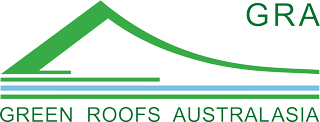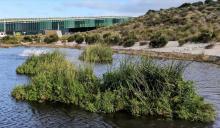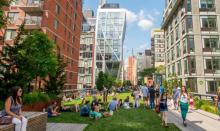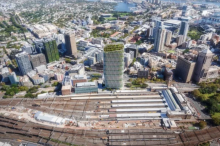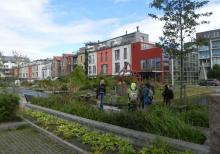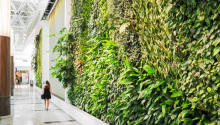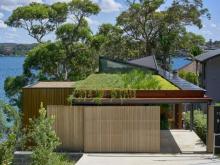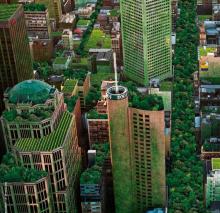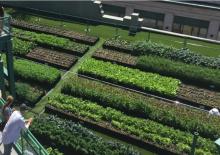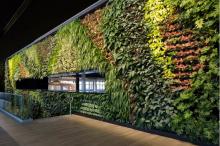Australasia News
Parks and other open spaces should be within 200m of high-density homes and 400m from schools and workplaces, under new NSW government guidelines prioritising greenery in the wake of COVID-19.
NSW Government Architect Abbie Galvin said the deadly summer bushfires, combined with the effects of the coronavirus pandemic, had highlighted the necessity for the first Greener Places policy.
PROPOSED ATLASSIAN TOWER FOR SYDNEY CBD.
Unfortunately, the perfect Green storm only occurs on a new development when there are clients like Atlassian; designers like SHoP Architects from NYC and BVN from Sydney. Similarly, Stanley Quek from Frasers pushing for 'One Central Park' on Broadway. These iconic projects occur because they are commercially driven based in sound CSR principles and not because of sustainable, innovative government planning codes demanding them.
URBAN PLANNERS HAVE THE SOLUTIONS BUT ARE THEY IMPLEMENTED?
Green infrastructure refers to standalone and strategically networked environmental features designed for environmental, social and economic benefits. Examples include permeable surfaces, green walls, green roofs and street trees.
AUSTRALIA: A CASE STUDY FOR GLOBAL CITIES
During the summer of 2019-20 Australia was burning with devestation to the natural environment; wildlife species & habitat; air & water quality; increases in UHI effects; communities and the economy.
Australia is a “land of climate extremes”. This is especially true for our cities, which have become hubs of extreme summer temperatures. This past summer was the second-hottest on record for Australia, following the 2018-19 record, with average maximum temperatures more than 2°C above the long-term average.
Nature has a Solution
Biophilic design (design features that reconnect people with nature) help reduce stress in the workplace & home. In an ideal world every interior & flat rooftop will have either a green wall or green roof to compensate for the lack of contact with nature that is a reality for many urban dwellers in 2020.
Such amenities are in line with scientific and psychological theories about humans’ intrinsic need for exposure to natural environments — a disposition known as biophilia.
Australian Cities needs a green-roof revolution.
EXAMPLE: The unused rooftops of Melbourne’s buildings are a massively underutilised resource that has the potential to create new green space in the central city that is bigger than Royal Park.
Australia Needs To Join The Green Revolution
Rooftops covered with grass, vegetable gardens and lush foliage are now a common sight in many cities around the world. More and more private companies and city authorities are investing in green roofs, drawn to their wide-ranging benefits which include savings on energy costs, mitigating the risk from floods, creating habitats for urban wildlife, tackling air pollution and urban heat and even producing food.
Queensland’s largest green wall has recently been unveiled as part of a $100 million-plus glass-fronted building at Brisbane’s Breakfast Creek Lifestyle Precinct.
